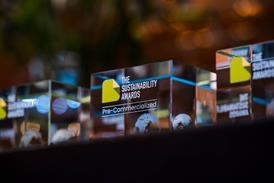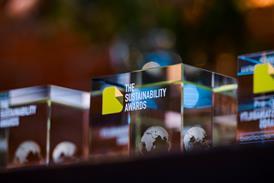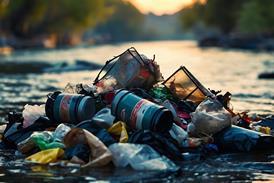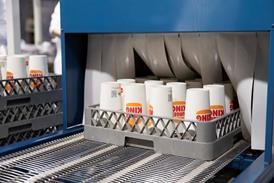ACG launches cold-form laminate for moisture-sensitive blister packs

ACG has revealed its DryPod desiccant-based cold-form laminate engineered to protect moisture-sensitive drug molecules, aiming to address pharmaceutical manufacturing issues such as limited availability, rigid technologies and compatibility issues.
ALREADY A REGISTERED USER? SIGN IN now
Subscribe (for free) to read this article
Become a subscriber to read this story, as well as other exclusive articles and interviews. The process is entirely free and takes no time at all.





